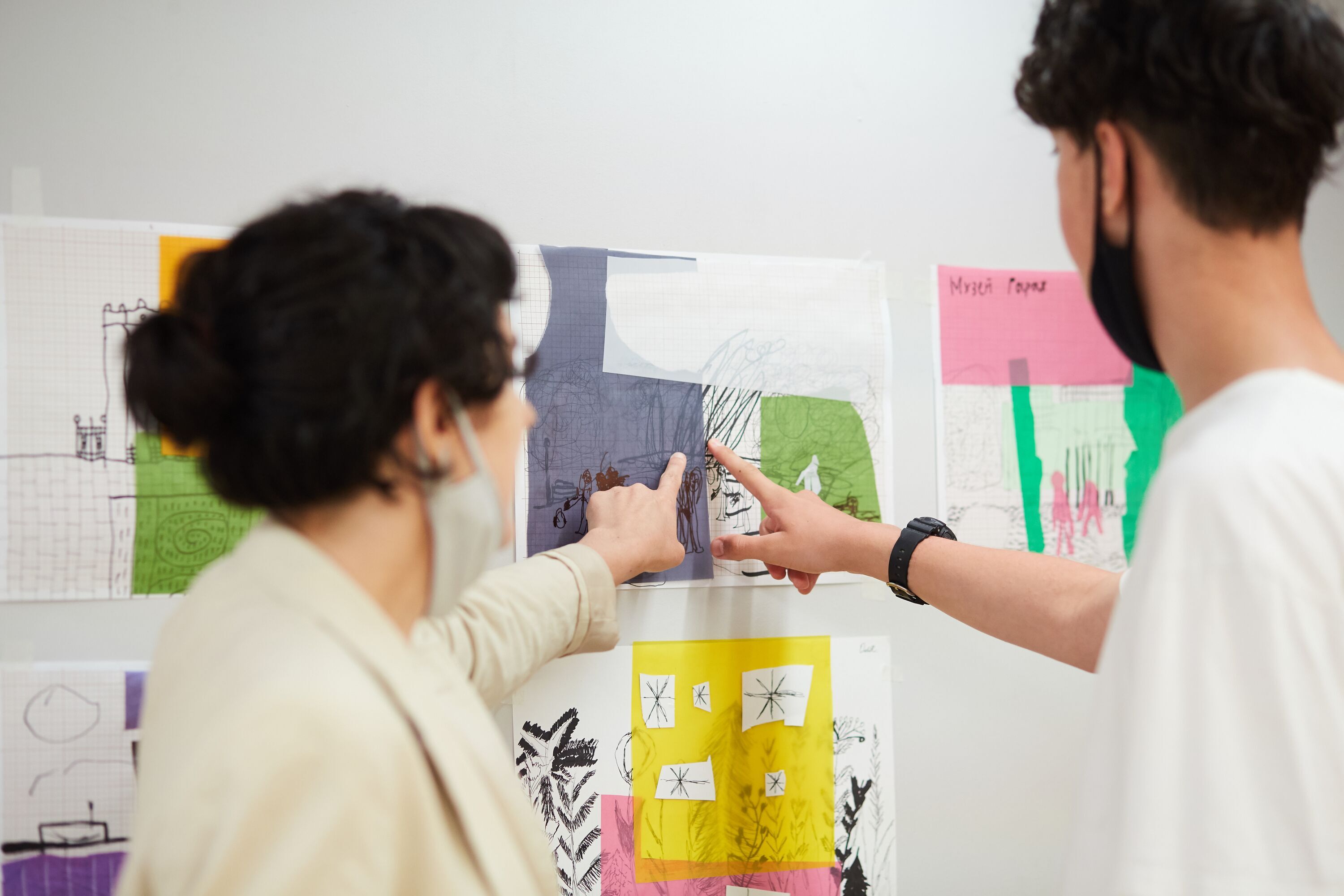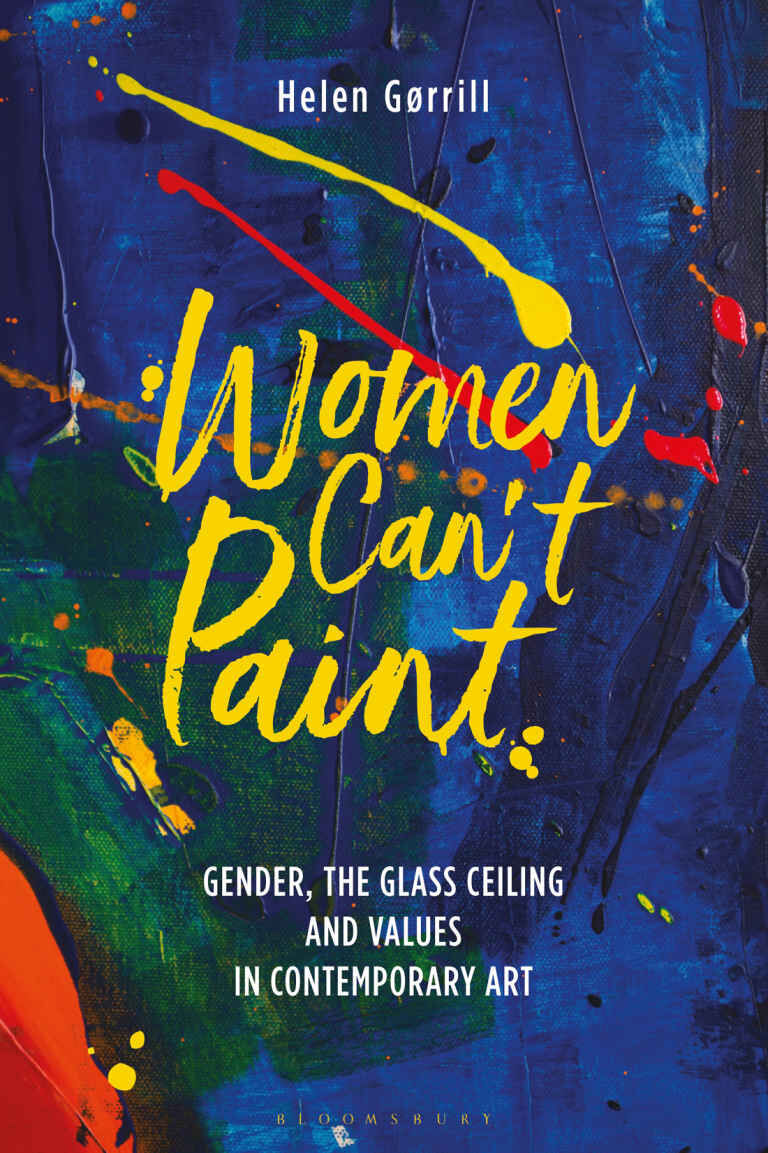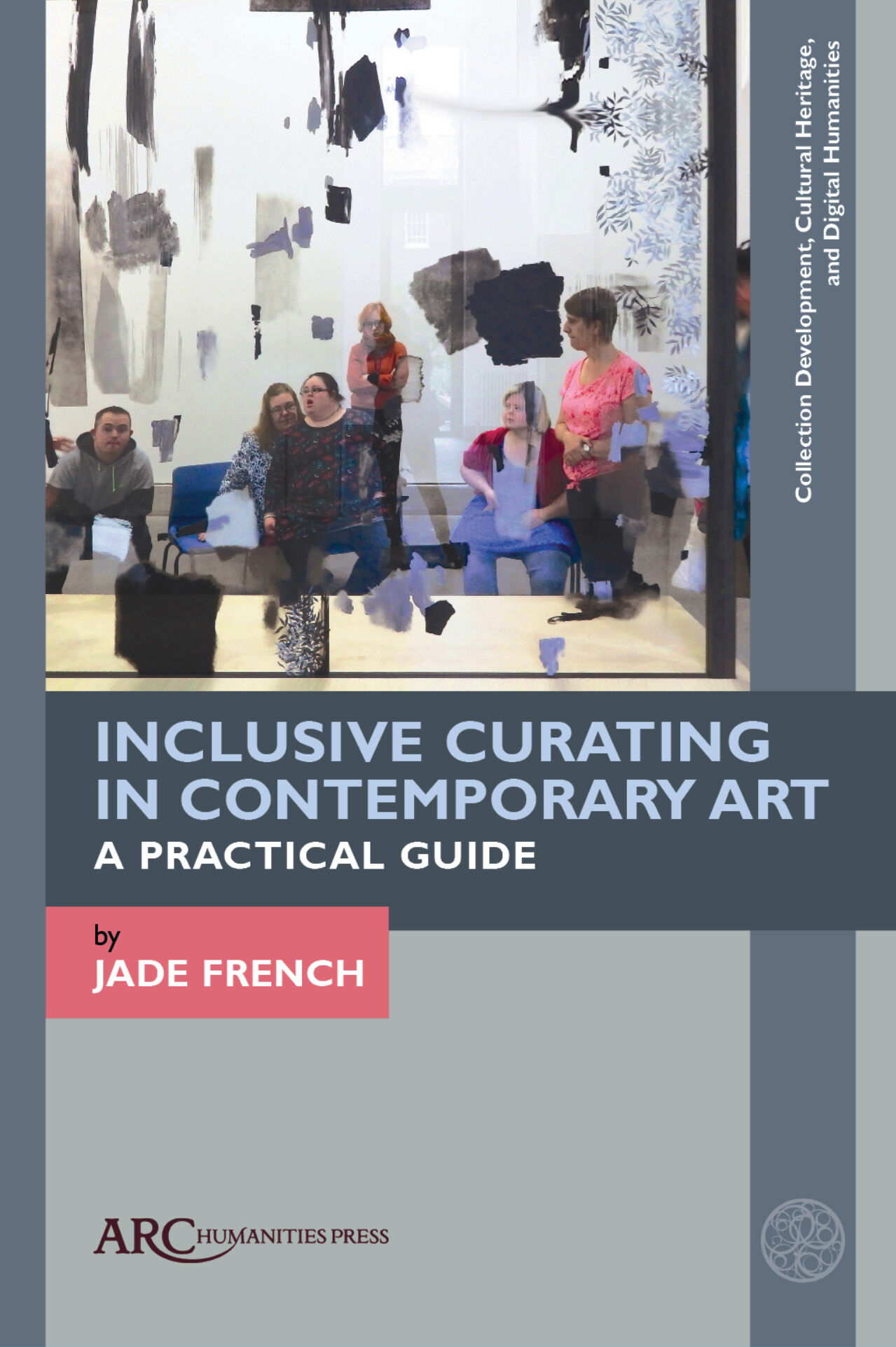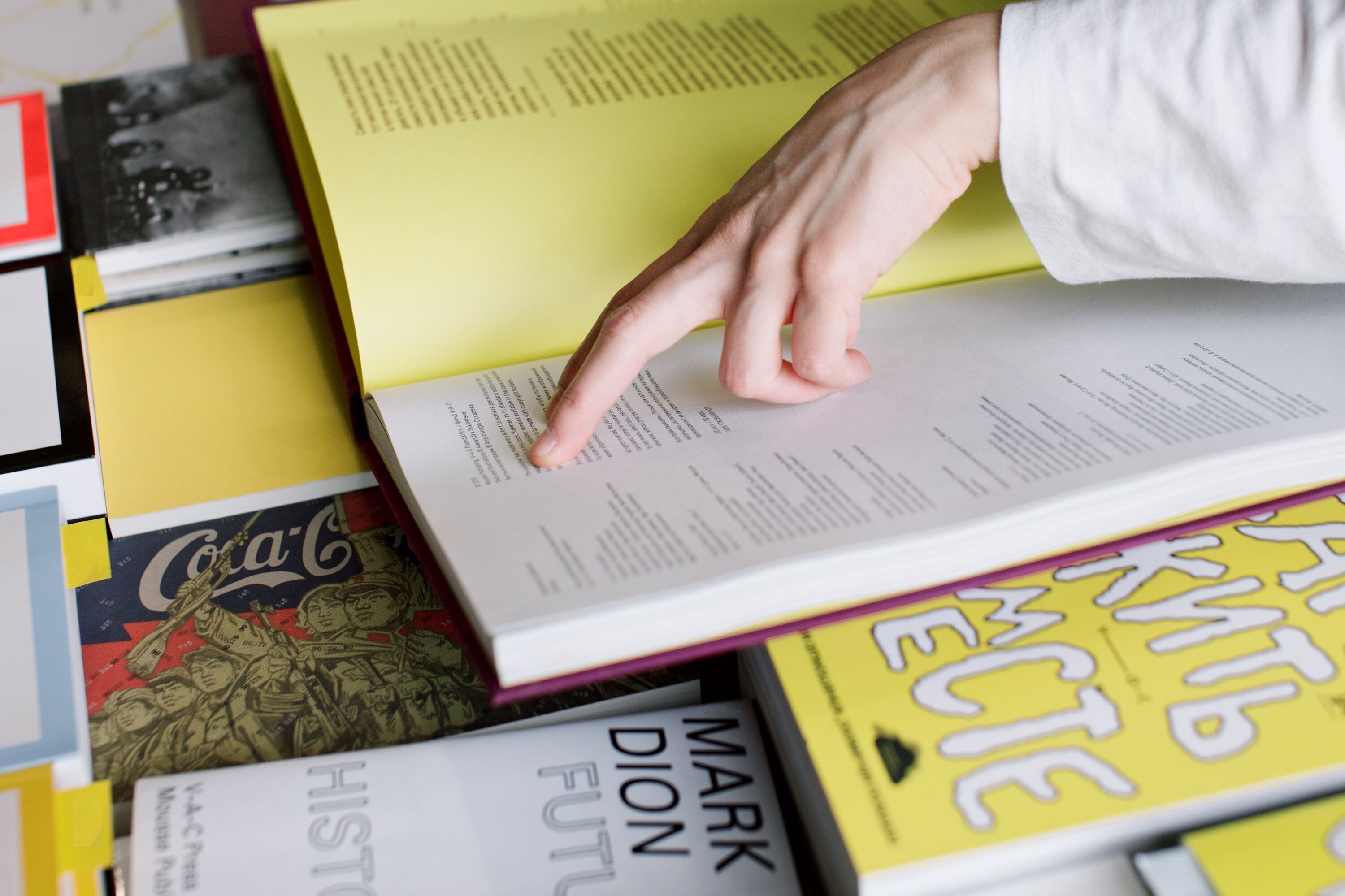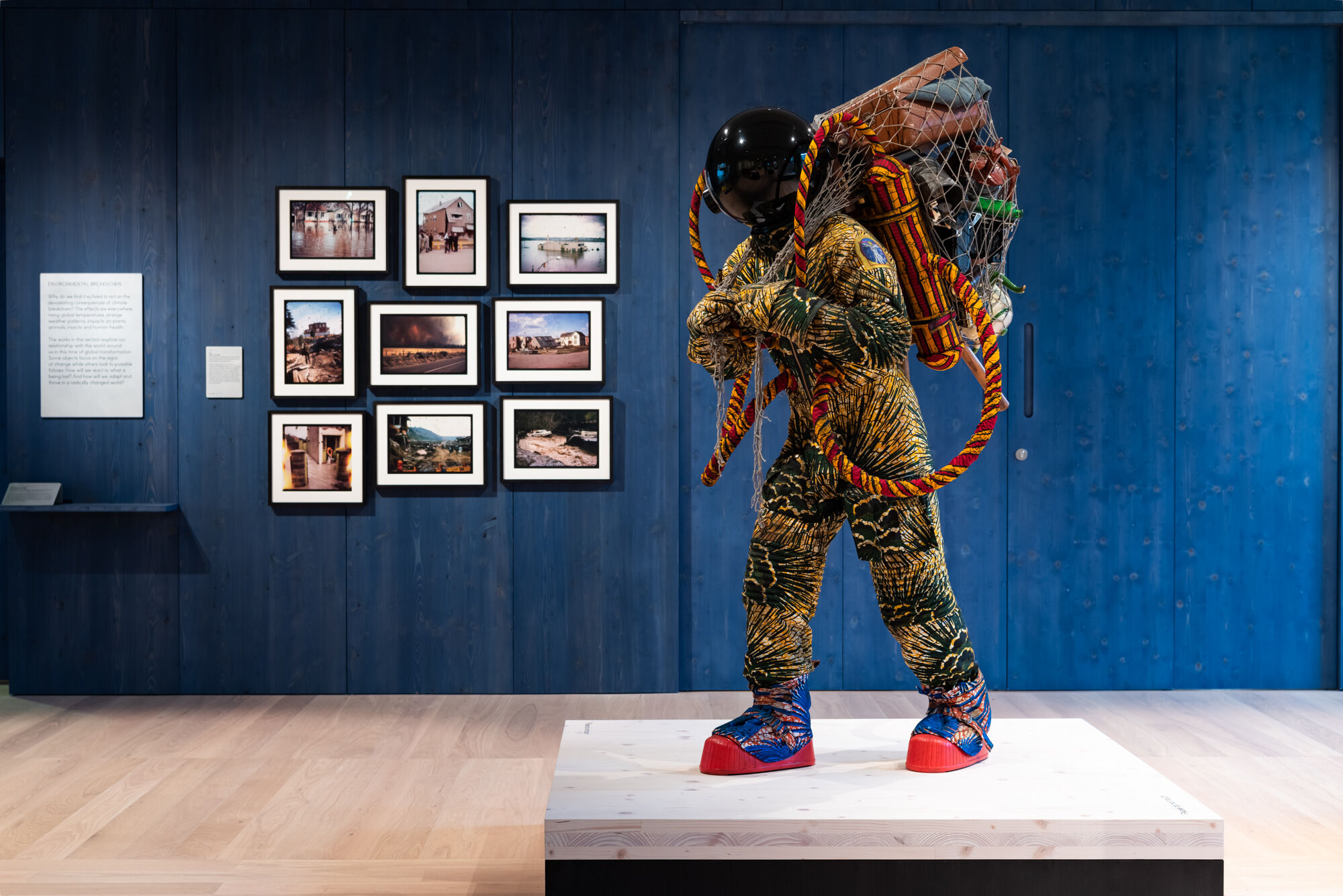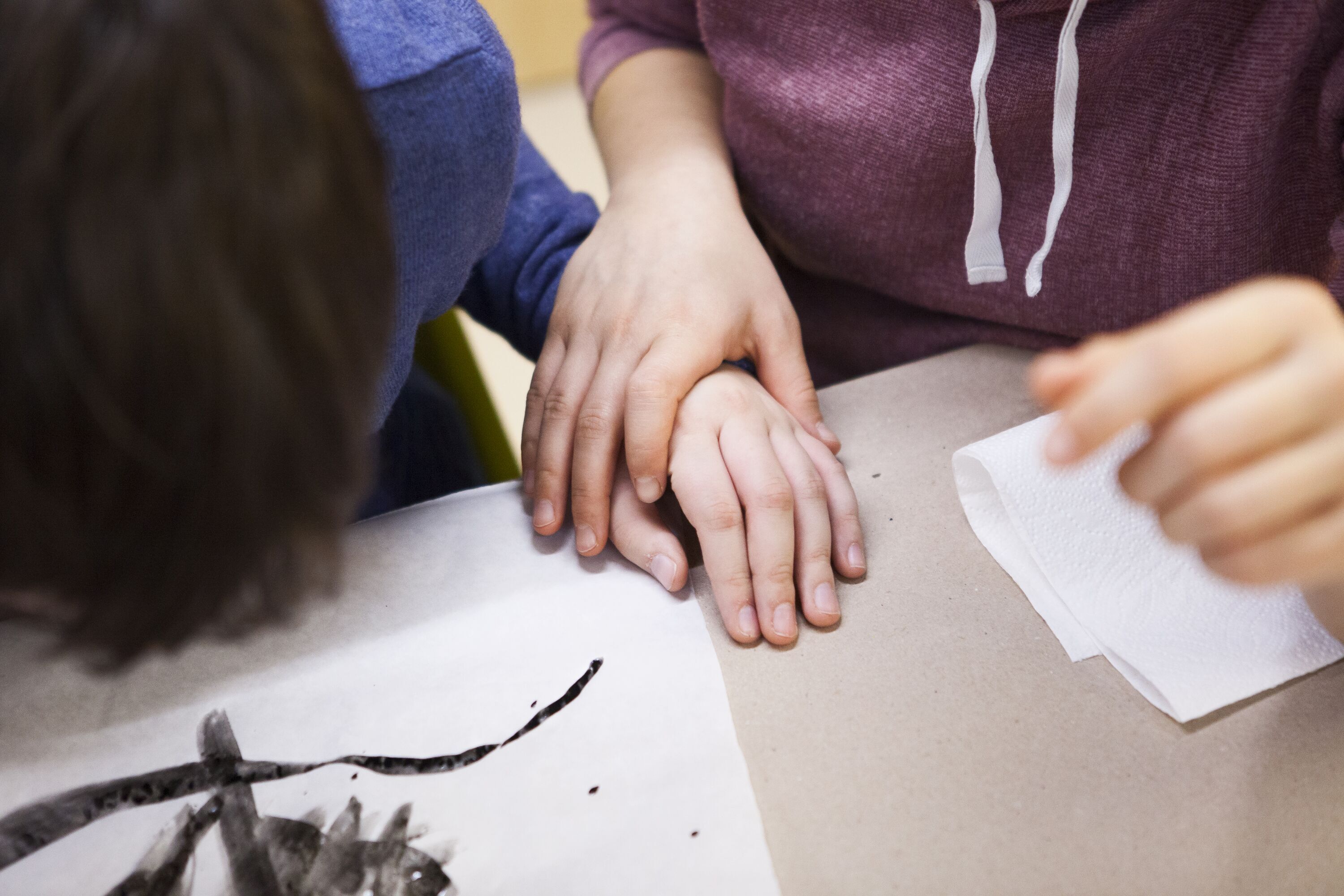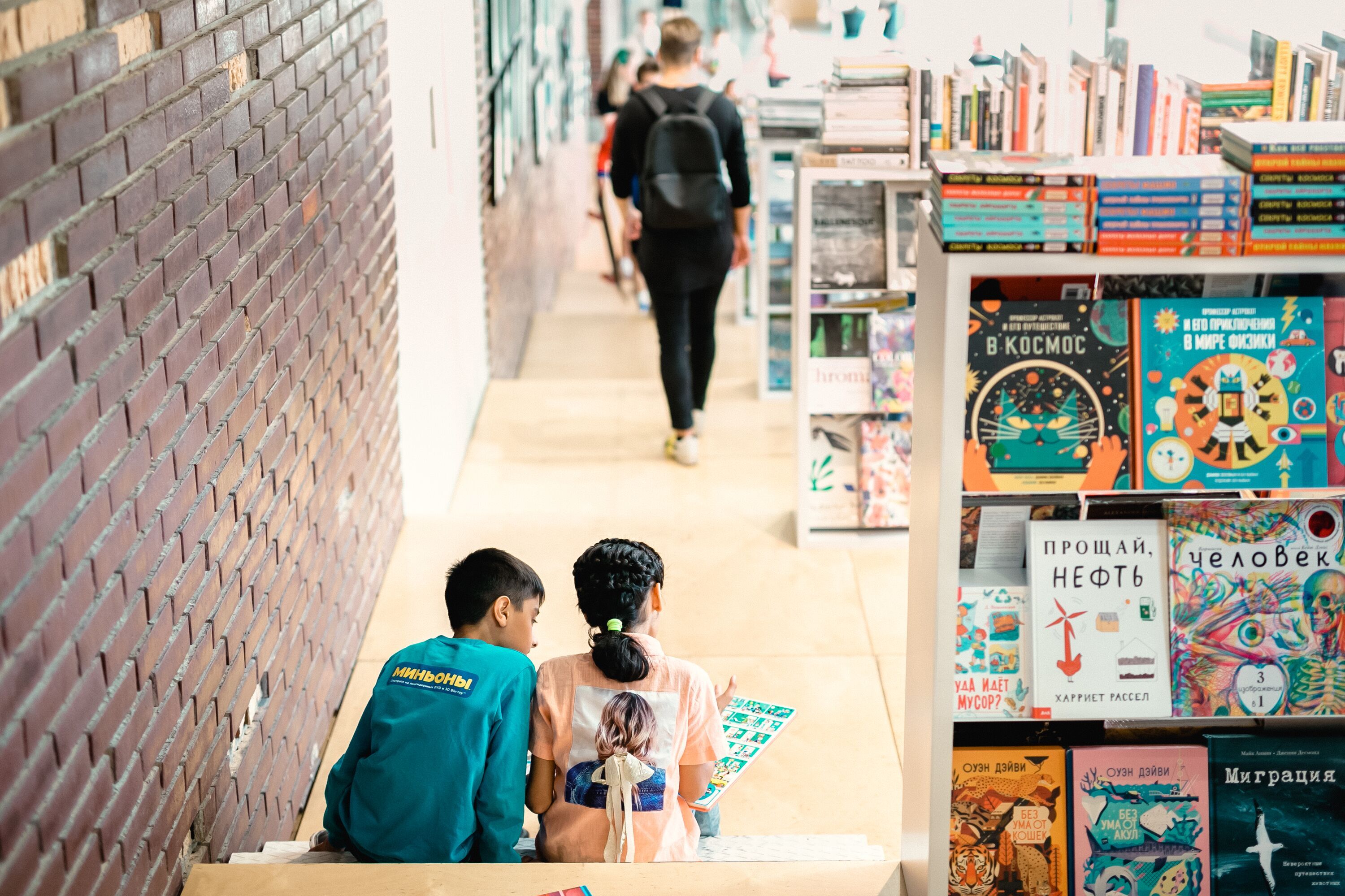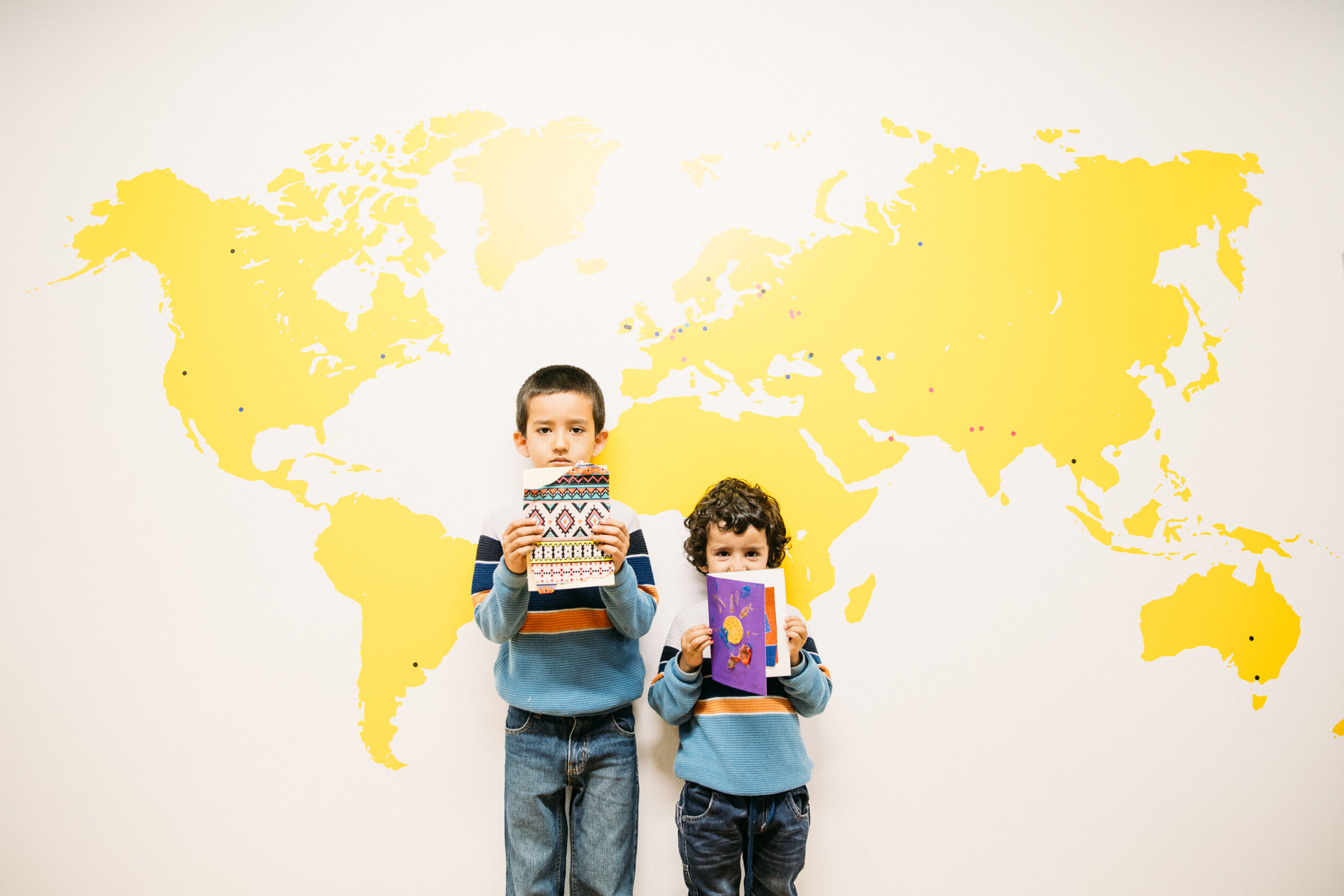Articles by keyword "inclusion"
The article analyzes the strategies for developing the inclusion programs applied at Garage Museum of Contemporary Art. The analysis is contextualized within the frameworks of global movements for the rights of people with disabilities, and of the inclusion programs implemented in Russian cultural institutions.
In recent years, the issues of inclusion and accessibility have been among the most relevant topics discussed within museum communities. The methods of working with different groups of visitors have come a long way: from the introduction of sporadic practices to the institutionalization of the sphere. The creation in museums of specialized departments, the increase in relevant events, and, as a result, the accumulation of the relevant experience have resulted in a range of methodological guides, summarizing and reflecting upon the acquired knowledge and skills.
There have been a number of exhibitions in the last five years that have explored queer themes and adopted queer approaches, yet the position of queer in museums remains precarious. This article explores the challenges of this museological landscape and the transformative potential of queer curating through two projects: Queer British Art, 1861—1967 (Tate Britain, April–September 2017) and Being Human (September 2019–present).
Art working with the topic of boundaries and limitations mostly falls within the category of socio-cultural practices. The experiences of temporary blindness, color blindness, impaired bodily sensations, and other limitations and changes of perceptual abilities in works by contemporary artists are viewed in this article not as an integration technology, but as an artistic device and a method of contemporary art.
The article focuses on the specificities of understanding inclusion in Russian museums by examining two exhibitions: Co-thinkers (Garage Museum of Contemporary Art, 2016) and The Art of Being (National Centre for Contemporary Art, 2019), as well as the projects followed these exhibitions. It discusses the key concepts of inclusion, looks at the origins of introducing the notion of inclusion into the field of museum discussions, explores the influence of different concepts of inclusion on the inclusive practices of Russian museums.

